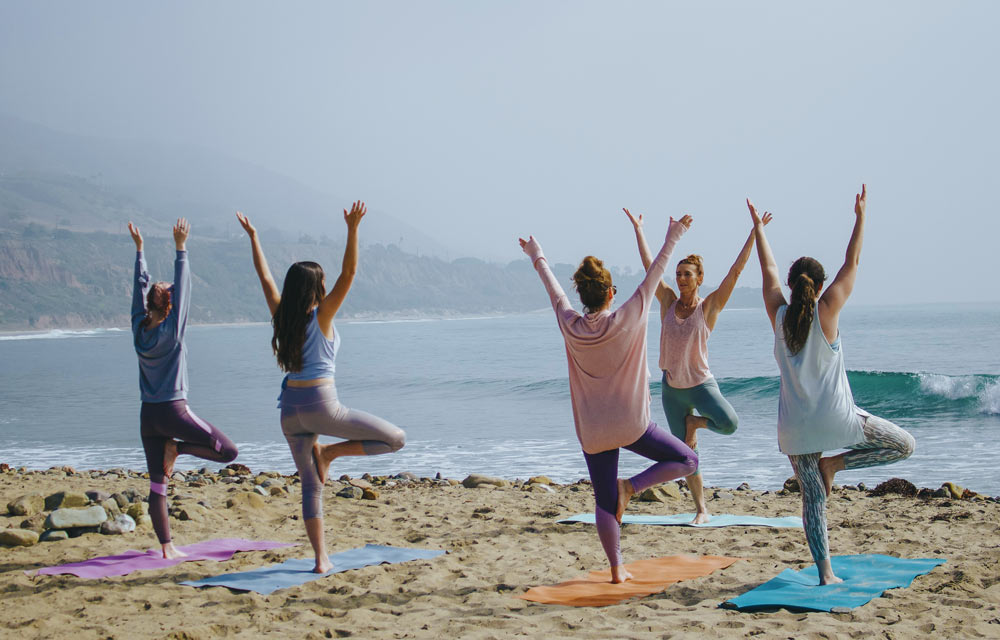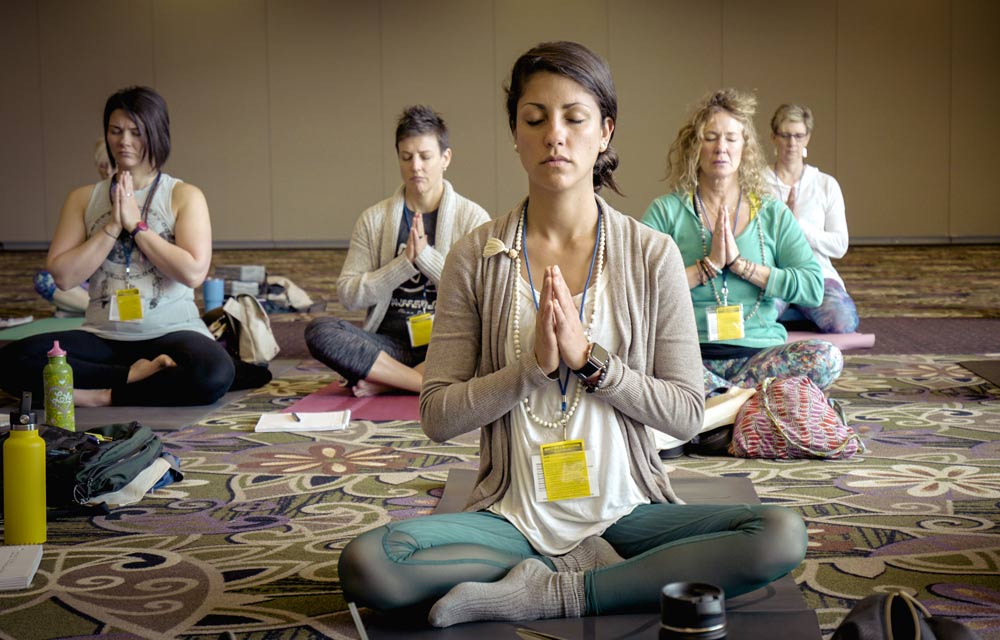Do you want to escape and refocus on yourself to recharge your batteries? A spiritual retreat is probably for you! Whether you are looking for personal transformation or introspection to find out what really matters to you and take stock of your current situation, a spiritual retreat has everything to please you. Alone or with others, everything is possible!
Here are all the elements to consider for a restorative and transformative spiritual retreat.
Summary
1. What is a spiritual retreat?
A spiritual retreat is a period of voluntary withdrawal and recollection dedicated to the exploration and practice of spirituality.
During this period, people temporarily withdraw from their usual daily routine (work, family, etc.), responsibilities, and environment to focus on their spiritual and personal development through true introspection.
The purpose of a spiritual retreat can vary depending on each person’s personal practices and desired goals. Some may seek to deepen their religious practice, while others may search for meaning, inner peace, or a deeper understanding of their “self.” A spiritual retreat offers an opportunity to disconnect from external distractions and immerse oneself in introspection and meditation, thus restoring oneself naturally and alone.
These retreats can take place in various locations, such as monasteries, meditation centres, hermitages (isolated places), the great outdoors (parks, mountains, etc.), spas, or any other place conducive to contemplation and tranquillity. Places surrounded by water are generally conducive to spiritual retreats.
2. Define the objective of the spiritual retreat
Before you begin organising your spiritual retreat, clearly determine the objective or objectives of the retreat.
Is it a retreat focused on meditation, yoga, mindfulness, spiritual healing, or your religion? Identify the teachings and expected results that you wish to achieve (alone or with others).
3. Choose the appropriate location
The choice of location is essential to create the desired atmosphere and immerse yourself in your inner self.
Choose a calm and serene place, away from the distractions and noise of everyday life. If you are going for several days, make sure that the place offers adequate accommodation. If you want to take the experience to the next level, find out about places that are known for their atmosphere conducive to meditation and reflection, such as an ashram in India, a monastery in Nepal, or in the heart of nature.
4. Plan the length of the retreat
The length of your spiritual retreat will depend on the objectives you define in advance and the time you, on average, need to accomplish them.
Spiritual retreats can last from a few days to a few weeks or even months. The longer the retreat, the more opportunity you will have to fully immerse yourself and transform yourself.
5. Design the program
Develop a program that includes different spiritual practices, moments of meditation, yoga, personal reflection, teachings, workshops, group activities, and free time to rest and connect with nature.
Make sure that the program is flexible and not too rigid and adapted to the participant’s needs. To better organise your program, you can offer an online registration and ticketing system, allowing people interested in your spiritual retreat to register in advance.
6. Invite teachers or experts in the field
If you need to gain all the skills and knowledge necessary to lead all the activities, consider inviting teachers or experts specialised in organising spiritual retreats and, more generally, meditation.
7. Manage logistics
Also, consider planning ahead and managing the logistical aspects of your spiritual event, such as accommodation, catering, transportation, supplies needed for the activities, etc.
Make sure that everything is planned so that participants can fully concentrate on their spiritual experience without being disrupted by material or logistical problems.
8. Communicate and promote the spiritual retreat
Once all the elements listed above are defined, start communicating and promoting your spiritual event.
Use different communication channels such as websites, social networks or flyers to reach your target audience.
Clearly explain the benefits and objectives of the retreat to attract interested participants with photos, information on activities, personal issues concerned, etc.
9. Plan times for sharing and integration
The goal is to move forward and develop collectively if the event is in a group.
Therefore, during the spiritual retreat, plan times for sharing and integration where participants can express their experiences, ask questions, and interact with others in real time.
10. Other points of contact
In addition to the organisational aspects, don’t forget to list all other basic information in advance, such as travel formalities, visa requirements, and vaccinations if necessary (depending on the intended destination).
Make sure to bring the appropriate personal effects, such as comfortable clothing, mats, and other small equipment for practising yoga and meditation.
Are you planning a spiritual retreat and want to save time organising it? Discover Weezevent’s online solutions: a registration system, custom ticketing, access control, CRM tools, and more!




